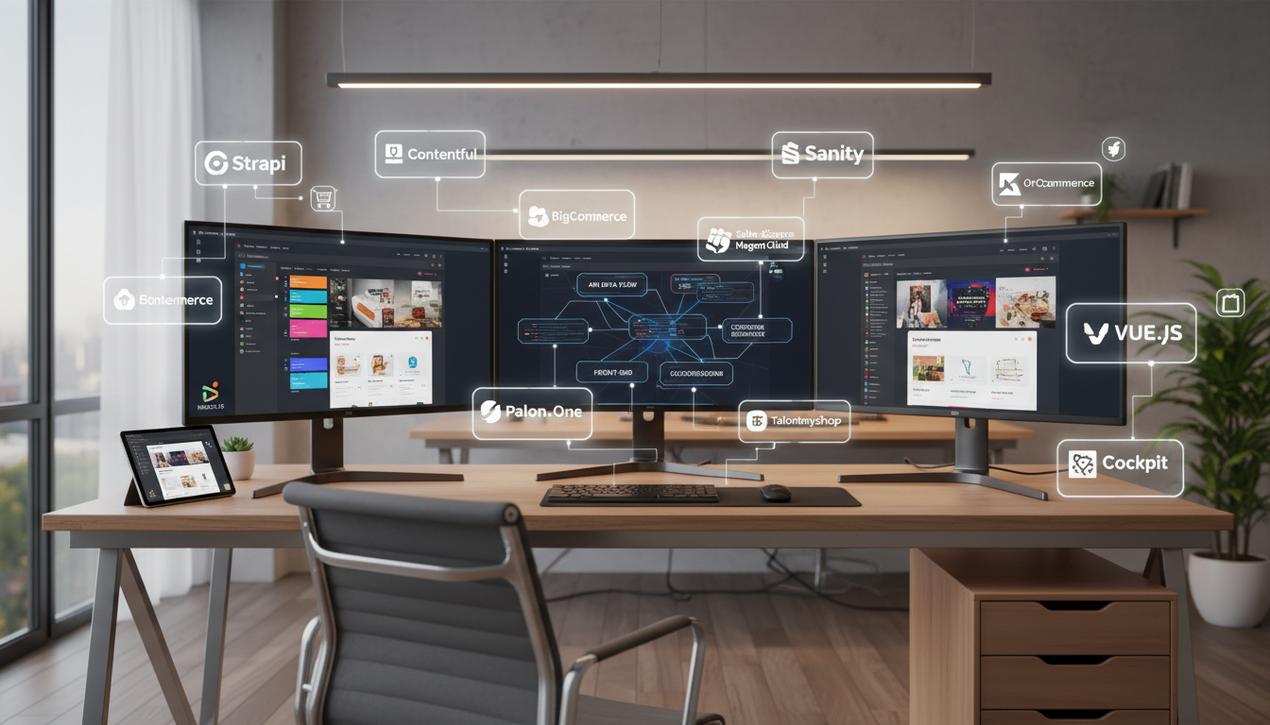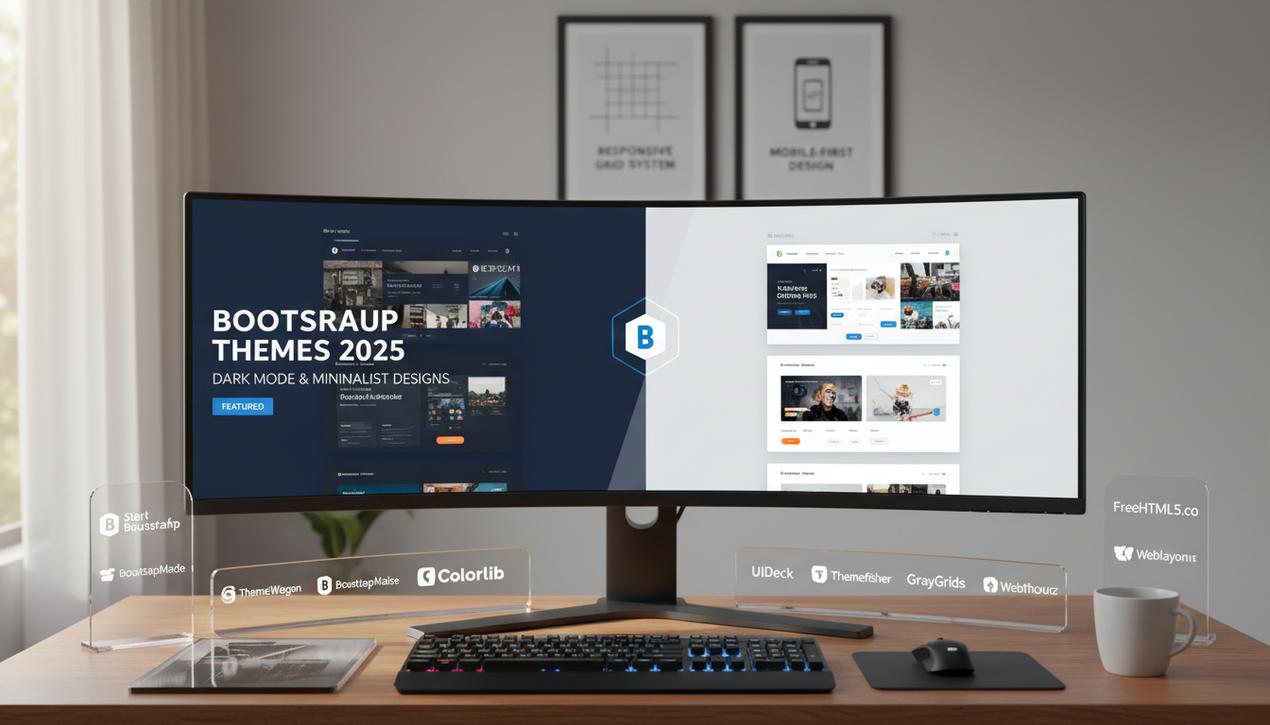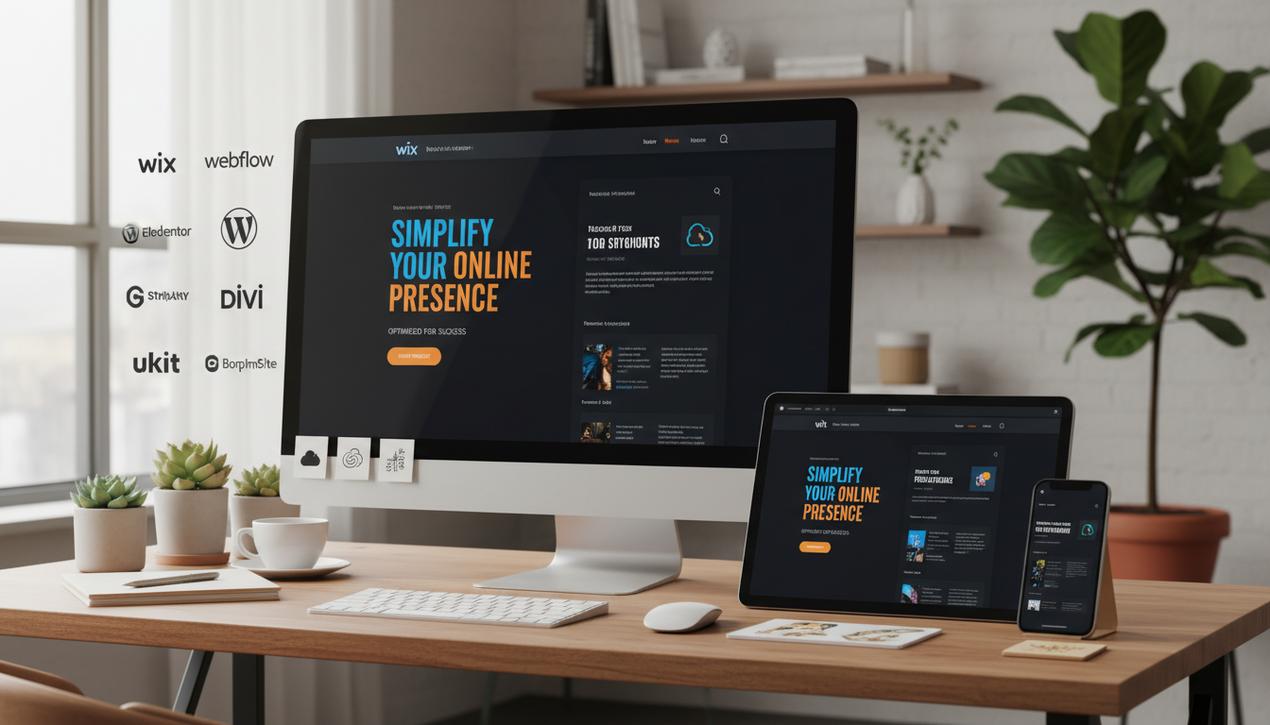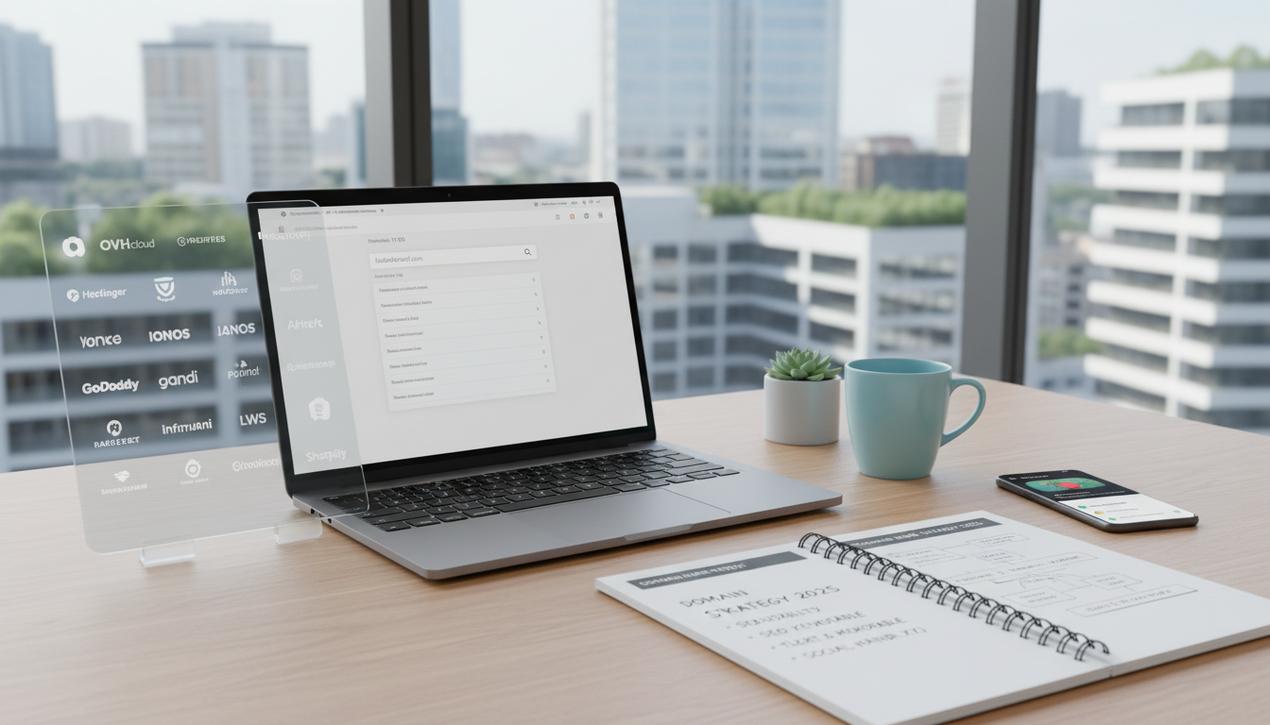Headless E-commerce: The Complete 2025 Guide


The e-commerce landscape is in constant flux, driven by consumers who demand fast, personalized, and omnichannel shopping experiences. To meet these challenges, headless architecture is emerging as a dominant trend. Far from being a fleeting fad, its adoption is widespread: in 2025, nearly 73% of enterprise businesses have already transitioned to a headless web architecture. This shift is fueled by tangible performance gains and unparalleled flexibility. Headless commerce does more than just separate the storefront (front-end) from the product management system (back-end); it liberates brands from the constraints of traditional monolithic platforms. This allows for the creation of bespoke customer experiences, a 50% faster deployment of new features, and instant adaptation to new sales channels, whether they are mobile apps, IoT devices, or for selling on social media. This guide provides an in-depth exploration of what a headless CMS is, its strategic advantages, and presents 17 of the most powerful platforms on the market today.
What Is a Headless CMS and Why Is It Crucial for E-commerce?
A Content Management System (CMS) is a software application that allows users to create and manage digital content without needing advanced programming skills. Traditionally, an e-commerce CMS (like older versions of Magento or PrestaShop) is “monolithic”—the front-end (what the customer sees) and the back-end (the administrative interface) are tightly coupled into a single, indivisible unit.
The Principle of Decoupling
A headless CMS breaks this bond. The concept is to “cut the head” (the front-end presentation layer) from the “body” (the back-end content repository). The back-end is then free to focus on its sole mission: storing, managing, and organizing content such as products, blog posts, and customer data. This content is then made available through an Application Programming Interface (API). Developers have complete freedom to build one or more custom front-ends using any technology they choose (like React, Vue.js, or Angular) for any channel imaginable: a website, a native mobile app, a smartwatch, an in-store kiosk, and more. Each “head” simply fetches the data it needs from the back-end via API calls.
The API: The Heart of the System
The functionality of a headless CMS hinges entirely on its API. The API ensures fluid and secure communication between the content management back-end and the various user interfaces. This decentralized architecture provides unprecedented flexibility. Marketing teams can work on content in the back-end without ever interfering with the front-end development, and vice versa. This agility is essential for e-commerce players who need to innovate and adapt at speed.
The Strategic Advantages of a Headless Architecture
Adopting headless commerce is not merely a technical upgrade; it’s a powerful engine for business growth. The benefits are numerous and impact every facet of an online operation.
- Extreme Flexibility and Customization: Freed from the constraints of predefined themes, developers can create unique and highly personalized user experiences. This is the number one advantage cited by companies that have made the switch.
- Enhanced Performance and Speed: Modern front-ends built with JavaScript frameworks are natively faster than monolithic sites. Brands like Nike have reported up to a 30% increase in page load speeds after going headless, which directly impacts everything needed to increase your website traffic.
- Native Omnichannel Capabilities: The same content stored in the back-end can be consistently delivered across a website, mobile app, social media feed, or third-party marketplace. This ensures a unified brand experience at every customer touchpoint.
- Improved Scalability and Security: The decoupled architecture allows the front-end and back-end to be scaled independently. The attack surface is also significantly reduced because the back-end is not directly exposed to the web; it is only accessible via secure API calls.
Top 17 Headless CMS Platforms for E-commerce in 2025
The headless CMS market is rich and diverse. Here is a selection of the 17 most relevant platforms for e-commerce projects, covering B2C, B2B, and a range of business sizes.
1. Strapi
As a leading open-source solution, Strapi is favored by developers for its flexibility. It allows for the rapid creation of RESTful or GraphQL APIs. Being completely front-end agnostic, it integrates with any framework and database, offering total project control.
2. Contentful
A pioneer in the headless space, Contentful is a robust SaaS platform designed for large enterprises. It excels at structured content management and integrates seamlessly with major e-commerce platforms to build rich, personalized experiences.
3. Sanity
Sanity stands out with its “structured content” approach and its open-source editing environment, Sanity Studio, which is fully customizable with React. It offers real-time collaboration and powerful developer tools, making it ideal for complex projects.
4. BigCommerce
While known as a traditional SaaS platform, BigCommerce has made significant investments in its headless offering. It provides robust APIs to manage all transactional aspects (catalog, cart, checkout) while leaving the front-end completely open to customization.
5. Medusa
An open-source alternative to Shopify, Medusa is a “headless-native” e-commerce platform. It is designed to be modular and highly customizable, allowing developers to build unique stores without being locked into a closed ecosystem.
6. Adobe Commerce (Magento)
The power of Magento is now fully available in a headless model. Adobe Commerce offers comprehensive APIs for managing complex catalogs, advanced pricing rules, and B2B functionalities, all while enabling the creation of custom front-ends.
7. Salesforce Commerce Cloud
Aimed at large enterprises, Salesforce’s headless solution enables the creation of personalized, scalable shopping journeys across all channels. It integrates natively with the entire Salesforce ecosystem of CRM and marketing tools.
8. Bloomreach
Bloomreach is a comprehensive platform that combines a headless CMS with AI-powered tools for search, personalization, and merchandising. It is perfect for e-commerce businesses looking to optimize the entire customer journey.
9. Webiny
Webiny is an open-source headless CMS built for serverless environments. This architecture allows for near-infinite scalability and optimized infrastructure costs, making it a high-performance solution for high-traffic sites.
10. Directus
Open-source and incredibly user-friendly, Directus acts as a wrapper that instantly turns any SQL database into a REST and GraphQL API. Its admin interface is highly intuitive for marketing and content teams.
11. Payload CMS
Built with TypeScript and native to Node.js and React, Payload is a modern headless CMS that wins over developers with its excellent developer experience. It is highly flexible and can be self-hosted for complete control.
12. OroCommerce
Specifically designed for B2B, OroCommerce is an open-source platform that offers all the necessary features for business-to-business commerce in a headless model, including corporate account management, custom catalogs, and personalized pricing.
13. Kentico Kontent
This headless platform focuses on large-scale content governance. It allows organizations to define clear authoring workflows and manage user permissions granularly, which is crucial for large, distributed teams.
14. Talon.One
Talon.One is not a full CMS but a specialized headless platform for managing complex promotions and loyalty programs. It integrates via API into any e-commerce system to help drive sales and customer retention.
15. Boostmyshop
A French solution, Boostmyshop offers a modular headless platform to manage not only sales but also inventory and logistics. Its approach is pragmatic and focused on optimizing the operational efficiency of e-retailers.
16. Evencart
Evencart is a lightweight and performant open-source headless e-commerce solution. It is an excellent choice for businesses looking to build a custom online store without the overhead of larger platforms.
17. Cockpit
With an API-first approach, Cockpit is one of the simplest headless CMS options available. It provides an efficient back-end for managing structured content and delivering it via a JSON API, perfect for agile and fast-paced projects.
How to Choose: Traditional vs. Headless E-commerce
The decision to go headless should be carefully considered, as it is not a one-size-fits-all solution. Here are the key criteria to evaluate before making your choice.
- Technical Expertise: A headless approach requires strong front-end development skills. If your team is not comfortable with modern JavaScript frameworks, a traditional platform may be easier to manage.
- Budget and Resources: Implementing a headless architecture can have a higher initial cost due to the need for custom front-end development. Ongoing maintenance for two separate systems must also be factored in.
- Customization Needs: If your project demands a truly unique user experience, highly specific functionalities, or a presence across multiple channels, a headless architecture is almost essential.
- Performance Goals: For high-traffic sites where every millisecond of load time impacts revenue, leveraging techniques like good image compression and the performance boost from a headless architecture can justify the investment.
Headless architecture represents the future of e-commerce for businesses that place flexibility, performance, and customer experience at the core of their strategy. While its implementation can be more demanding than a traditional solution, the benefits in agility, personalization, and the ability to innovate across all sales channels make it a strategic investment for staying competitive. The right platform will ultimately depend on the scale of your project, your team’s technical capabilities, and your long-term growth ambitions.


